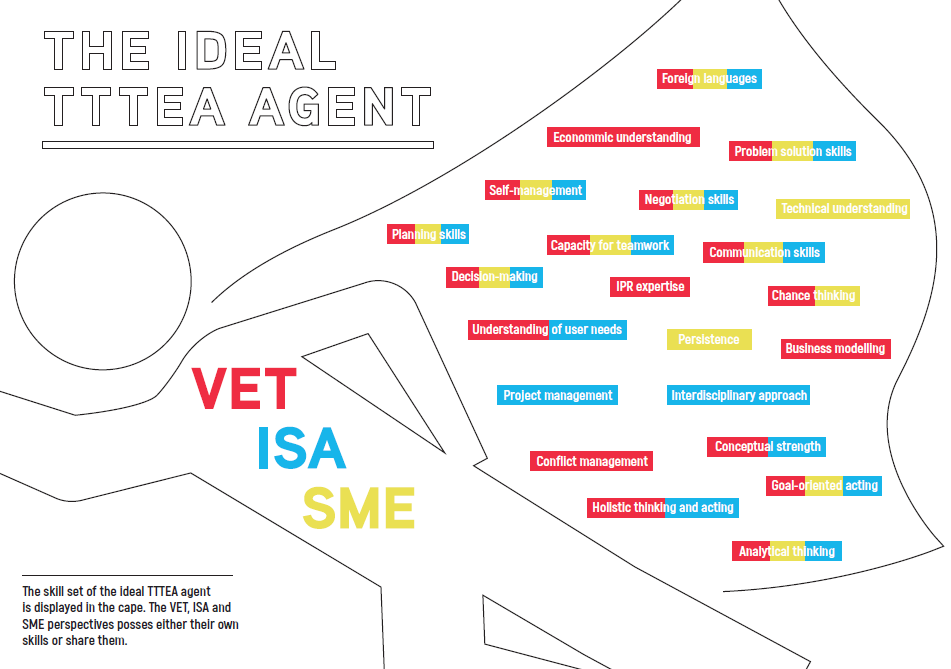A road map toward Technology Transfer
Aim of the course: to describe the process that leads, within a company, to identify the needs and the drives to innovation. Innovation could be achieved through a process of technology transfer.
The module is divided into 5 lessons describing what is innovation and technology transfer, and furthermore how to analyze, plan and implement technologies. Depicting a comprehensive how-to guide for a candidate technological transfer agent. By means of a rigorous theoretic background, the attendant will be guided in identifying when and where a TT is relevant, in analysing the context, in involving people to make innovation together and to measure results. Frequent examples and case studies will support lectures. Read more.
Course level: Basic
Commitment: 8h study + 1h quiz
Information and skills achieved after ending the course:
Understanding innovation and technology transfer models and processes. Identifying of innovation needs within the industry and the market. Developing skills to analyse the state of the art and to design a path for the solution development.
The role of technology: Introduction to Industry 4.0 and key enabling technologies
The aim of the course: The general objective of the following training is to develop basic understanding of Industry 4.0 and its meaning to industrial companies. The training will introduce the definition of all industrial revolutions, Industry 4.0, global value chain and value chain integration. Key Industry 4.0 technologies will be described with application examples. Industry 4.0 design principles will be explained. Key Industry 4.0 readiness components will be described and presented.
Course level: basic/intermediate
Commitment: 4h study + 1h quiz + own study after training
Information and skills achieved after ending the course:
· Basic understanding of Industry 4.0 and its meaning to industrial companies.
· Knowledge about key Industry 4.0 enabling technologies and design principles.
· Basic knowledge about Industry 4.0 roadmapping approach.
TTTEA basic soft skills
Title of the course: Soft skills for transfer activities
Aim of the courses: Get a basic overview on needed soft skills in TT activities
Course level: Basic
Commitment: 4h
Information and skills achieved after ending the course: Know the scope of needed soft skills in terms of TT activities
Technology Transfer: R&D/IP Management
Aim of the course: The aim of the course is to provide participants with basic understanding of how the intellectual property legal system works in practice.
Course level: Basic.
Commitment: 1,5 h
Information and skills achieved after ending the course: Basic understanding of intellectual property and the means of securing protection of R&D results.

